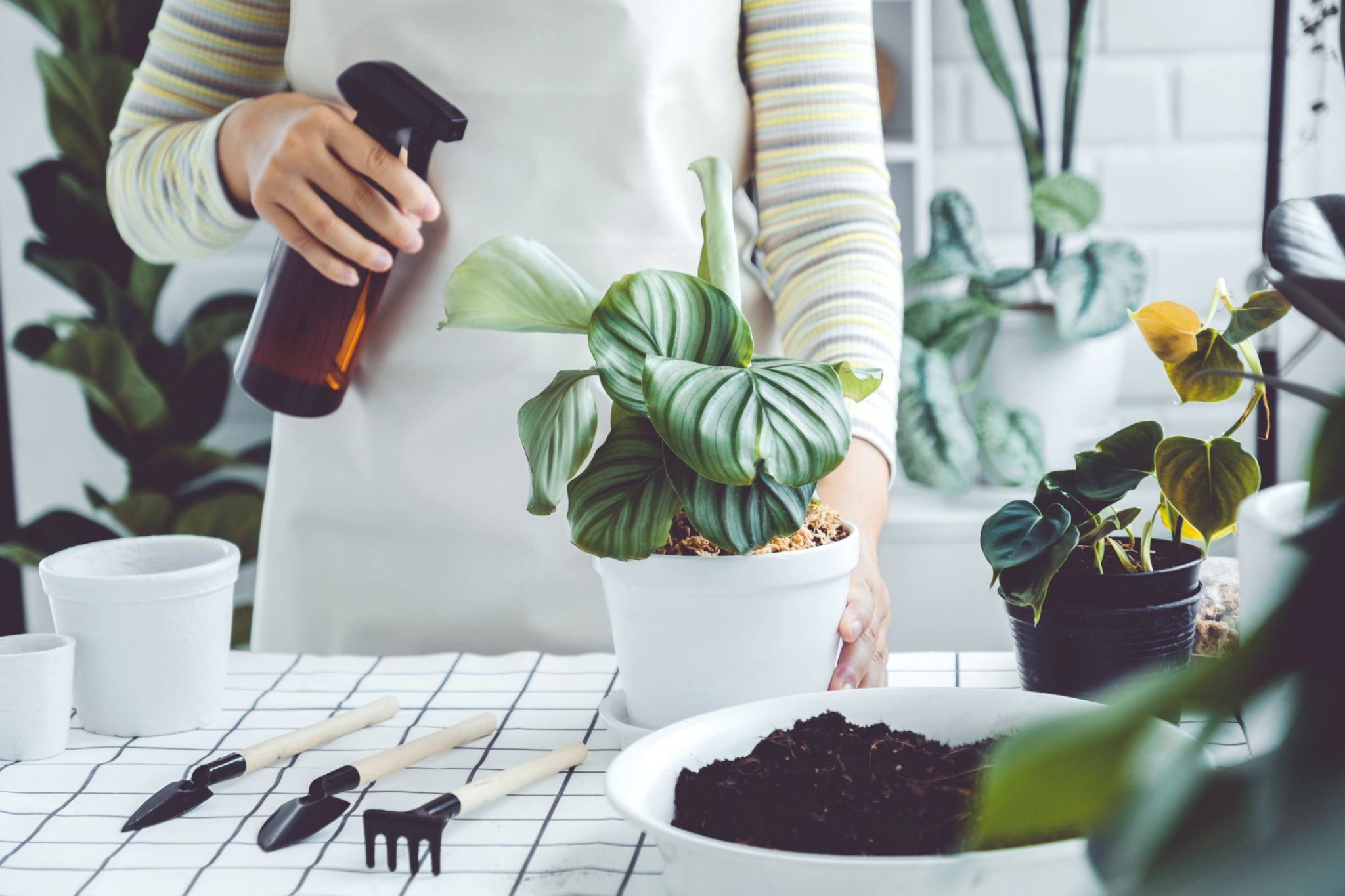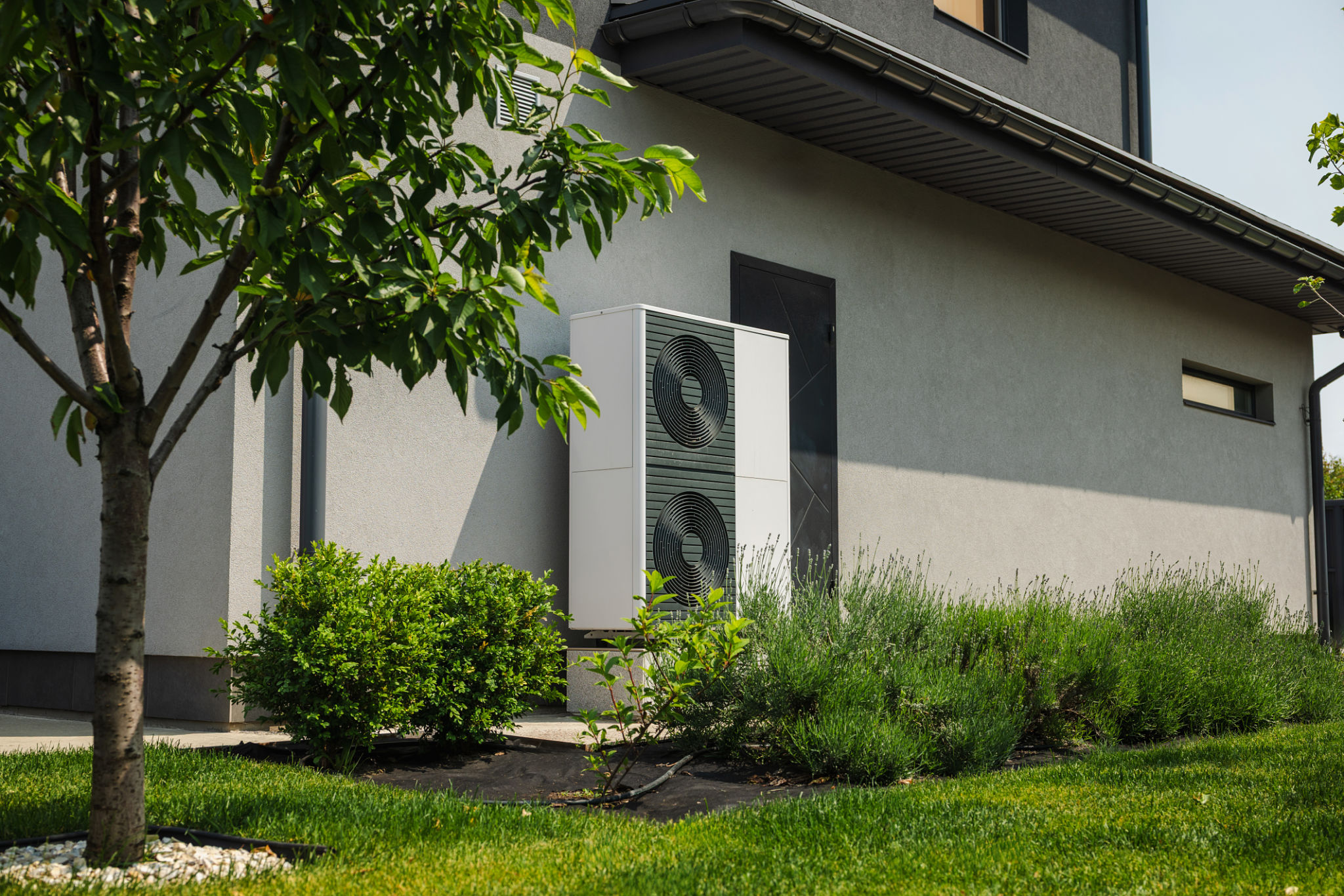How to Start a Vertical Garden Indoors: A DIY Beginner's Guide
Understanding Vertical Gardens
If you're looking to add a bit of greenery to your indoor space without sacrificing floor area, a vertical garden is an excellent solution. By growing plants vertically, you can transform bare walls into lush, green landscapes. Not only do vertical gardens enhance the aesthetic appeal of your home, but they also improve air quality and provide a sense of calm and tranquility.
Getting started with a vertical garden might seem daunting, but it's simpler than you think. Whether you're a seasoned gardener or a complete novice, this guide will walk you through the basic steps to create your own indoor vertical garden.

Choosing the Right Location
The first step in creating your vertical garden is selecting the right location. Consider areas in your home that receive adequate natural light, as this is crucial for plant growth. South-facing walls are ideal, but you can supplement with artificial grow lights if necessary.
Also, ensure the space you've chosen can support the weight of the garden. Vertical gardens can be heavy, especially when mature, so choose a sturdy wall or use free-standing structures that can bear the load.
Selecting Plants for Your Vertical Garden
Choosing the right plants is essential for the success of your vertical garden. Opt for plants that thrive indoors and have similar light and water requirements. Some popular choices include ferns, pothos, succulents, and herbs like basil and mint.
Consider mixing different textures and colors to create a visually appealing display. Hanging plants or trailing varieties can add depth and dimension to your setup, while flowering plants can introduce bursts of color.

Gathering Materials and Tools
Once you've planned your garden's location and plant selection, it's time to gather materials. You'll need a vertical garden kit or planters that can be mounted on the wall. Recycled materials like wooden pallets or old picture frames can also be used for a DIY approach.
Ensure you have adequate potting soil suitable for indoor plants, and consider investing in a drip irrigation system or self-watering planters to simplify maintenance. Don't forget tools like a drill, screws, and hooks for installation.
Assembling Your Vertical Garden
Begin by installing the support structure on your chosen wall. Make sure it's secure and level before attaching planters or pockets. If using recycled materials like pallets, make sure they are clean and treated to prevent rot or pest infestations.

Next, fill your planters with potting soil and carefully place each plant into its designated spot. Ensure each plant has enough space to grow and is firmly planted to prevent it from toppling over.
Maintaining Your Vertical Garden
Proper maintenance is key to a thriving vertical garden. Regularly check soil moisture levels and water plants accordingly. Indoor environments can be dry, so misting plants can help maintain humidity levels.
Prune plants regularly to encourage growth and remove any dead leaves or flowers. Fertilize periodically with a balanced liquid fertilizer to provide essential nutrients and keep pests at bay.
Enjoying the Benefits
With your vertical garden complete, take time to enjoy the benefits it brings to your home. Not only does it enhance your living space aesthetically, but it also promotes better air quality by filtering toxins and releasing oxygen.
Moreover, tending to your vertical garden can be a therapeutic activity, helping reduce stress and improve your overall well-being. As you gain confidence, experiment with different plant varieties and arrangements to keep your garden fresh and exciting.
